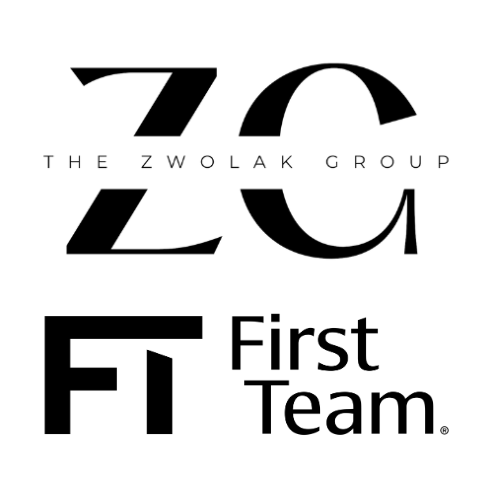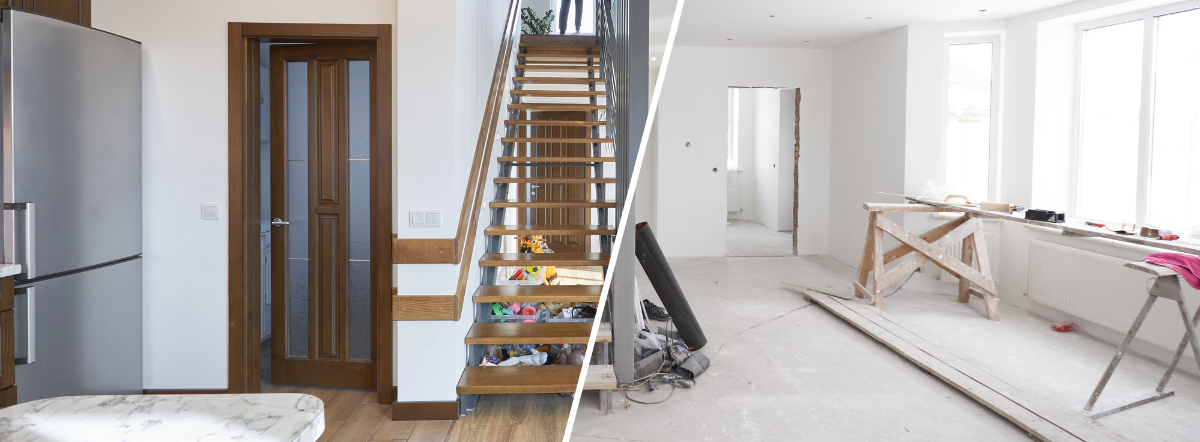Early retirement is a dream for many, but it often seems like an elusive goal. However, with strategic financial planning and smart investments, it’s possible to retire early and enjoy financial freedom. One key strategy that can help you on your path to early retirement is investing in cash flowing properties. In this blog post, we’ll explore how many cash flowing properties you might need to retire early and provide you with valuable insights to kickstart your journey toward financial independence.
Understanding Cash Flowing PropertiesCash flowing properties are real estate investments that generate positive cash flow each month. This means that after covering all expenses, including mortgage payments, property management, maintenance, and taxes, there is still money left over. This surplus income can provide you with a consistent stream of passive income, making it a powerful tool for achieving early retirement.
Factors to Consider
The number of cash flowing properties you’ll need to retire early depends on various factors, including:
- Your Financial Goals: Your retirement goals will determine how much passive income you need. Consider your desired lifestyle, travel plans, and any other expenses you anticipate in retirement.
- Property Type: Different types of real estate can provide varying levels of cash flow. Residential rentals, commercial properties, and vacation rentals all have unique cash flow potential.
- Location: The location of your properties plays a crucial role in rental income. High-demand areas often command higher rental rates, which can impact your cash flow.
- Financing: Your ability to secure favorable financing terms, such as low-interest rates and longer loan durations, can significantly impact your cash flow.
- Property Management: Efficient property management can minimize vacancy rates and maintenance costs, increasing your cash flow.
- Market Conditions: Real estate markets fluctuate, affecting rental rates and property values. Consider market conditions when calculating your investment strategy.
Calculating the Number of PropertiesWhile there’s no one-size-fits-all answer to how many cash flowing properties you’ll need to retire early, a common approach is to use the 4% rule. This rule suggests that if you can generate enough passive income to cover 4% of your retirement savings each year, you’re in a strong position for early retirement. For instance, if you need $50,000 per year in retirement income, you’d need $1.25 million in cash flowing properties (50,000 / 0.04).However, this rule is a simplified guideline and may not be suitable for everyone. It’s crucial to work with a financial advisor who can tailor a retirement plan to your specific circumstances and goals.
Getting Started
To start your journey towards early retirement through cash flowing properties, you should:
- Set Clear Goals: Determine your retirement goals, including the desired income and timeline.
- Build a Real Estate Portfolio: Carefully select and acquire properties that align with your goals and investment strategy.
- Optimize Cash Flow: Maximize cash flow by minimizing expenses, setting competitive rental rates, and ensuring efficient property management.
- Diversify Your Portfolio: Consider diversifying your investments across different types of properties and locations to spread risk.
- Seek Professional Guidance: Consult with a financial advisor or real estate expert who can help you create a personalized retirement plan.
Achieving early retirement through cash flowing properties is an achievable goal with the right strategy and commitment. The number of properties you’ll need depends on your individual circumstances and financial objectives. When you’re ready to embark on this journey, don’t hesitate to reach out to us for expert advice and guidance. We’re here to help you turn your early retirement dreams into a reality. Contact us today to start your path to financial freedom and a comfortable retirement!
Disclaimer: The information provided in this blog post is for informational purposes only and should not be considered as financial or investment advice. Real estate investments involve risks, and individuals should conduct thorough research and consult with qualified financial professionals before making any investment decisions. The authors and publishers of this blog post are not responsible for any financial losses or decisions made based on the content provided herein. Investments in real estate carry inherent risks, and the performance of real estate investments can vary based on a variety of factors, including market conditions, location, and individual circumstances. Readers should seek independent financial advice tailored to their specific situation before investing in real estate or any other investment vehicle.





